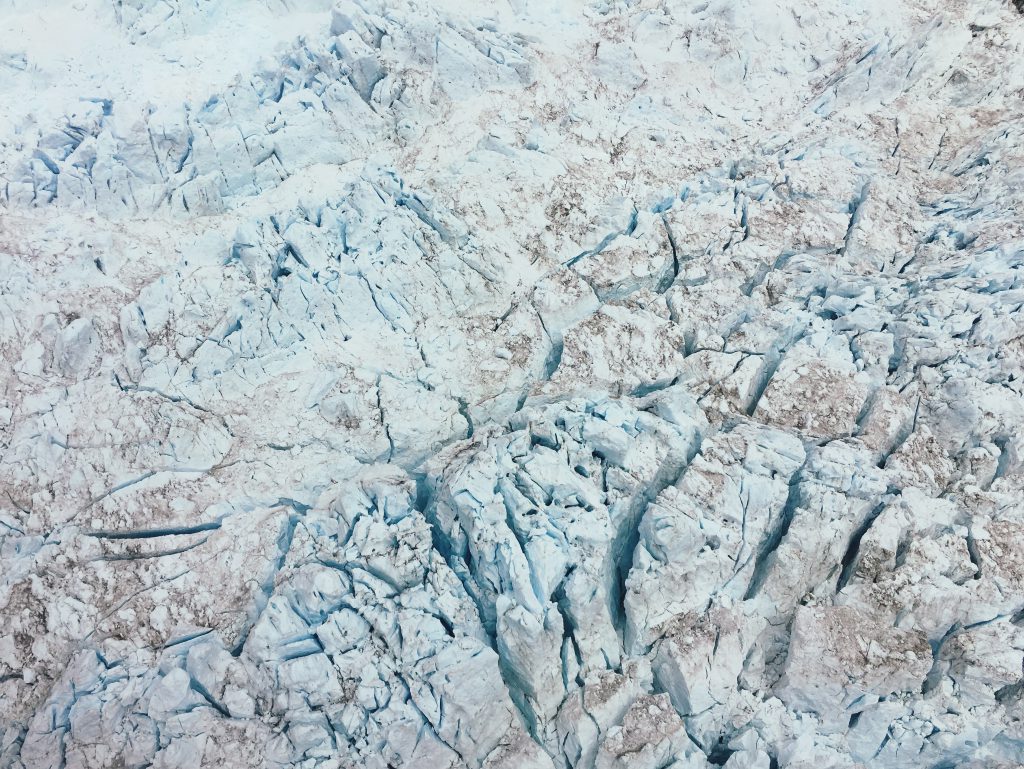

Unfortunately, we do not have a global thermometer to measure the planet-wide surface temperature. And we certainty did not have one looking 100 years into the past. Instead, surface temperature has been recorded at individual weather stations and by ships at sea. Those measurements are combined and averaged to make global records. Because the number of stations, local conditions, and measurement equipment have changed over time, combining individual temperature measurements into a global temperature record requires data processing and some scientific judgment.
As of now, four research groups create major global temperature records by combining local thermometer readings. Three of those records are produced by government labs in the United States (NASA and NOAA) and the United Kingdom (Hadley Centre). The fourth was produced as an independent group, (Berkeley Earth) which originally set out to critically examine the work of the others. Each uses different data processing techniques to combine the measurements from different instruments, time periods, and locations. These groups, working independently, find similar global temperature increases over the instrumental period, which is an important check of their reliability.
Global temperature records are a frequent subject of critique and controversy. Critics claim that these temperature records are unreliable because the underlying measurements are potentially biased or human biases in analysis skew the results. However, scientists are constantly on the lookout for potential secondary effects introducing error in the data. To wit, the data processing supporting the current datasets have been subject to significant scientific scrutiny and have been refined with subsequent revisions of these data products.

Comparisons of temperature records produced by NOAA show the effect of data revisions. Panel (a) compares two subsequent iterations of the NOAA record, with the new corrections to its data processing. Panel (b) shows the difference between the global temperature record with no corrections and the NOAA corrections. Source: Karl et al. 2015, Possible artifacts of data biases in the recent global surface warming hiatus.
The global temperature records are revised as scientists accumulate new observations, new types of temperature data, and improve analytical techniques. These revisions typically involve small alterations to the data processing tools that correct biases in the raw measurements. The following figure shows a recent example with the NOAA dataset, where the absolute change between subsequent versions of the temperature record are small. It also shows, however, that the absolute effect of the processing of the raw measurements is noticeable before about 1940, when data was sparser. After correction, the global temperature record shows less warming than naive treatment of the measurements would indicate.